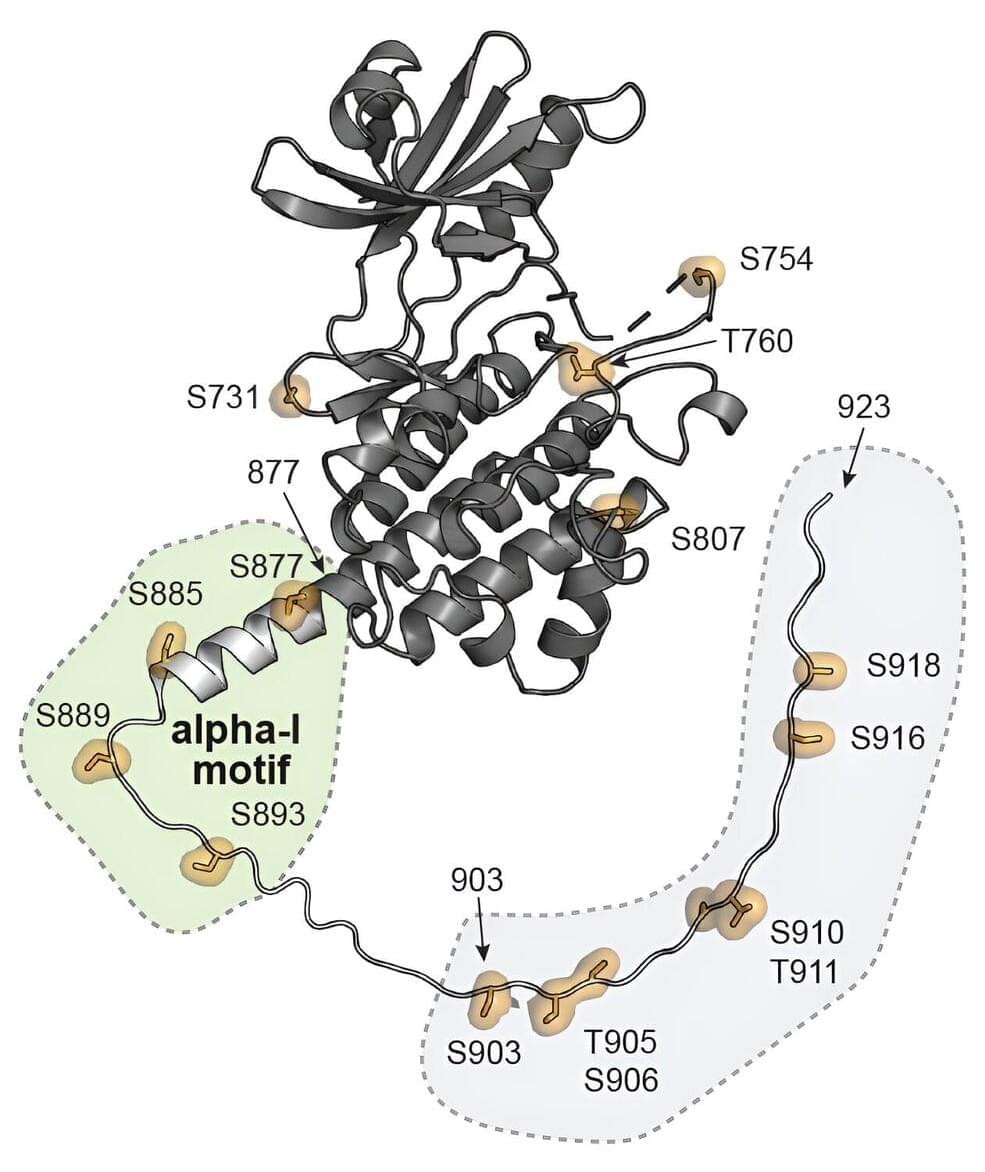Legume plants have the unique ability to interact with nitrogen-fixing bacteria in the soil, known as rhizobia. Legumes and rhizobia engage in symbiotic relations upon nitrogen starvation, allowing the plant to thrive without the need for externally supplied nitrogen.
Symbiotic nodules are formed on the root of the plant, which are readily colonized by nitrogen-fixing bacteria. The cell-surface receptor SYMRK (symbiosis receptor-like kinase) is responsible for mediating the symbiotic signal from rhizobia perception to formation of the nodule. The activation mechanism of the receptor was until recently unknown.
In this study, appearing in Proceedings of the National Academy of Sciences, researchers have now identified four essential phosphorylation sites that act as the catalyst for the symbiotic relationship between legume plants and nitrogen-fixing bacteria. The initial steps of the symbiotic pathway at the cell surface are well characterized; however, understanding of how the signal is relayed downstream has eluded the research field for years.
